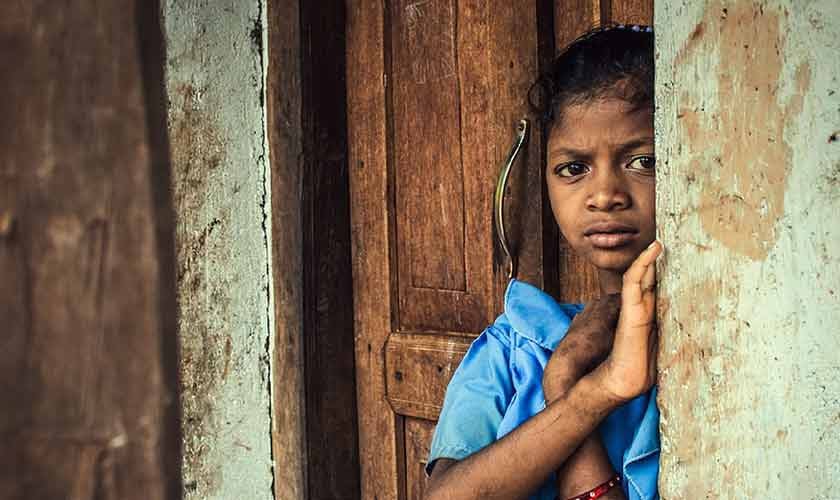The social and economic future of any country is directly linked to the well-being of its children. A healthy generation guarantees a secure future for the nation. Conversely, if children suffer from malnutrition and stunted growth, the country’s future becomes neither resilient nor sustainable. Pakistan is no exception to this stark reality.
According to the World Bank Group, 40% of children under the age of five in Pakistan experience stunted growth. Unfortunately, despite efforts over the past 30 years, significant progress in addressing this issue remains elusive. Our children deserve better.
### What is Child Stunting?
The World Health Organization (WHO) defines stunting as reduced growth and development in children resulting from poor nutrition, repeated infections, and insufficient opportunities to play and learn. The first 1,000 days of a child’s life—from conception until the child turns two—are critical in preventing stunting.
If stunting occurs during this vital period, it leads to serious consequences such as poor cognitive development, lower educational achievement, reduced productivity, and decreased earnings in adulthood.
### Why Tackling Stunting is Vital for Pakistan
For Pakistan to begin sustainable social and economic development, it must ensure that pregnant women, mothers, and young children receive adequate nutrition. Additionally, children must be protected from repeated infections.
The WHO reports that, in Pakistan, 27 mothers and 675 newborns (under one month old) die each day from preventable complications.
Sustainable development, as defined by the United Nations, is development that meets the needs of the present without compromising the ability of future generations to meet their own needs. To truly embrace sustainable development in Pakistan, prioritizing the health and well-being of future generations is essential.
### Eradicating Stunting: A Systematic Approach
Addressing stunting requires a multifaceted, systematic approach to tackle multiple problems simultaneously.
One crucial step is initiating a green revolution to produce twice as much food using existing resources. However, sustainable agriculture must be a priority, as the Food and Agricultural Organization highlights that agriculture is a major contributor to eutrophication in surface water.
Protecting our water bodies and ensuring the availability of safe drinking water are equally vital, given that waterborne diseases remain a leading cause of childhood mortality and impaired growth.
### Improving Healthcare Access and Preventing Infections
Beyond increasing agricultural efficiency, we must prioritize healthcare solutions like mobile hospitals to prevent repeated infections among children. These mobile units should be properly air-conditioned to prevent the wastage of medications and vaccines during transport.
The WHO emphasizes that vaccines lose effectiveness rapidly when exposed to temperatures above +8 degrees Celsius. Maintaining steady air-conditioning in mobile hospitals helps preserve vaccines and medications, ultimately reducing infection rates in children across Pakistan.
### Promoting Holistic Childhood Development
Lastly, schools across Pakistan need to provide proper playgrounds where children can play, enabling them to reach their full potential. Pre-schools and schools should adopt an educational model that balances learning with play, ensuring equal opportunities for all children.
### Conclusion
We cannot take our future generations for granted and still expect to achieve sustainable development. By addressing child stunting through nutrition, healthcare, education, and environmental protection, Pakistan can pave the way for a healthier, more prosperous future. Our children are the foundation of our nation’s success — they deserve the best we can offer.
https://www.thenews.com.pk/tns/detail/1345103-for-futures-sake

